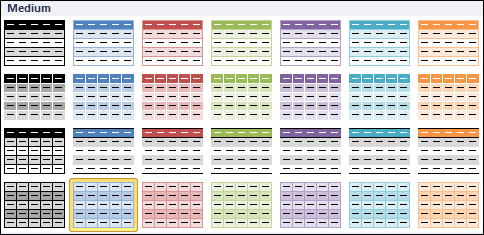My first epiphany with Excel was realizing how powerful it could be if you put all your data into data tables. Over the years Excel began to incorporate data tables. First in Excel 2003 as “Lists” then as official “Tables” in Excel 2007. (I’m not sure about the evolution in Excel for Mac versions.)
The reason I haven’t done more than piddle around with Tables is that common Excel users aren’t typically early adopters AND when you design data input and reporting spreadsheets you always design for the least common denominator (with regard to Excel versions.)
But I’m beginning to realize that pre-Excel 2003 worksheets are now a scarce commodity and we have lots of people using Excel 2007 or 2010 so why not start designing in some real Tables for data entry?
So I’m going on quest. To find out all I can about Tables in Excel, both good and bad. Let the chips fall where they may.
Yet this can’t be done in one post. So I’ll start now and continue with a little mini-series on Tables until I’ve satisfied my curiosity or I’m comfortable using them on a regular basis.
Right now I’ll cover a couple of things about Tables, one bad, one good.
One Bad Thing About Tables
One annoying thing about Tables is the filter handles on the heading row. I mean, filtering data is good but only when I want to filter data. Having the filter handles showing all the time obscures the headings to the point that you can’t read some of them. Case on point: the Shift heading in the picture below looks to be a different word.

So my very first act after creating a Table is to choose Data > Filter to shut it down. Too bad this isn’t something you can toggle in advanced settings.
One Good Thing About Tables
All the cool formatting options allow you to easily change the look of any Table.

Nuff said, until next time.

Tables are great feature in MS Excel 2007.
By the way you can turn filter off by using shortcut key Ctrl+Shift+L and save your time
@Moatasem Thanks for the keyboard shortcut, which is a nice toggle for Filter On, Filter Off. (Cool avatar you have.)